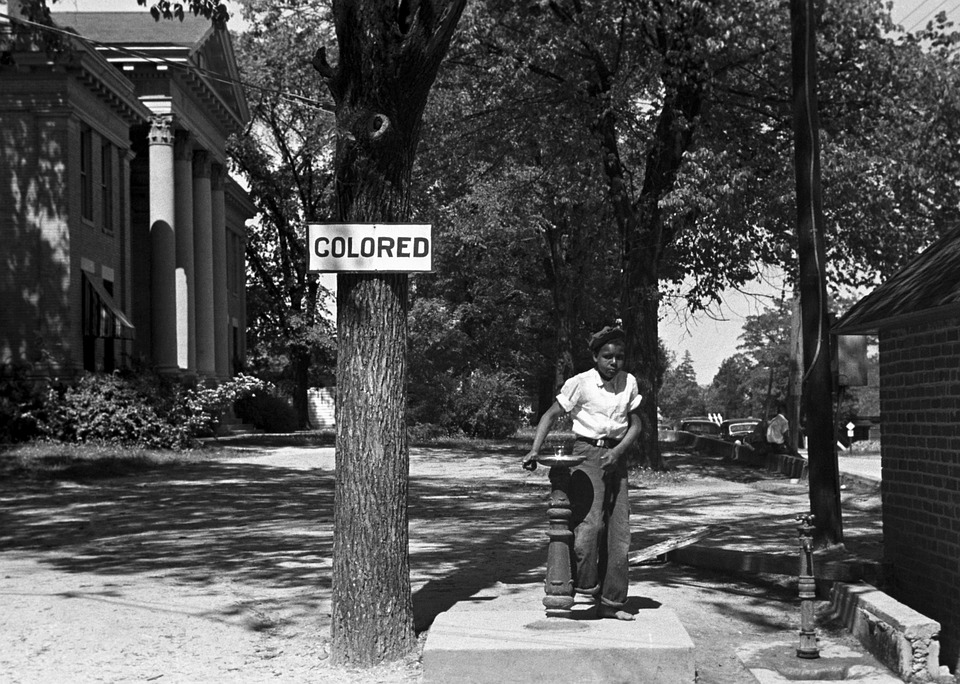Segregation proliferated from the 1980s due to relaxed laws. Court orders were no longer being issued in support of desegregation. This has resulted in a widening gap in performance between white students and students of color from poor neighborhoods.
Stanford University sociologist Sean Reardon and some colleagues have conducted researches to determine the relationship between education quality and integration in the American schools. The segregation of schools in the US has resulted in multiple types of research meant to determine how it affects the students, teachers the overall scores and the most adversely affected group. This research was able to determine that the gap in test scores must be because of the economic disparity and not racial.
The study also goes further to suggest that the solution should not be more racial integration and provides an interesting perspective using data about why they come into such a conclusion.
Segregation’s effect on education
Brown v. Board of Education in 1954 ensured that the schools in the south were disintegrated. The effect of this policy over time resulted in a reduced gap in academic performances between the black students and white students. From the 1980s, however, the system stopped being implemented using court orders. This overtime has created a state where the schools have reverted to being segregated. The gap has been widening because of this segregation because generally brown and black schools are located in poor areas as compared to their counterparts and this mostly means they are under-funded.
Reardon, in his research, found out that the highly segregated schools had a higher performance gap than otherwise. Their conclusion was based on research from three districts; New York, Atlanta, and Detroit. Detroit was, however, not included in their final report.
The findings in this research showed that the poor students were mostly black and Hispanics and wealthier students were mainly all white. The fascinating data though came from Detroit, where there was uniformity in the level of poverty across the racial lines. The poor students in these districts all came from different races. In Detroit, the data obtained showed that there was hardly any gap between the students of color and white students. The bad news is that they all performed significantly lower than their counterparts in other districts.
Poor status of institutions, not poverty, leads to poor performances
The researcher, however, was definite to state that it was not the poverty of the students but the poor status of the institution that resulted in poor performances. The schools that are in poor neighborhood attracted poor students who in turn ended up not performing due to a lot of issues such as unaddressed trauma at home and parenting.
Based on the research, how we address the economic disparity between different ethnicities and how they perform is very telling of what the solutions should be. Increased funding in the underprivileged schools would go a long way in addressing this issue and ensure that students from poor backgrounds are accorded the same learning resources as any other student across the country. This will help in closing the gap between the poor and the rich students.







